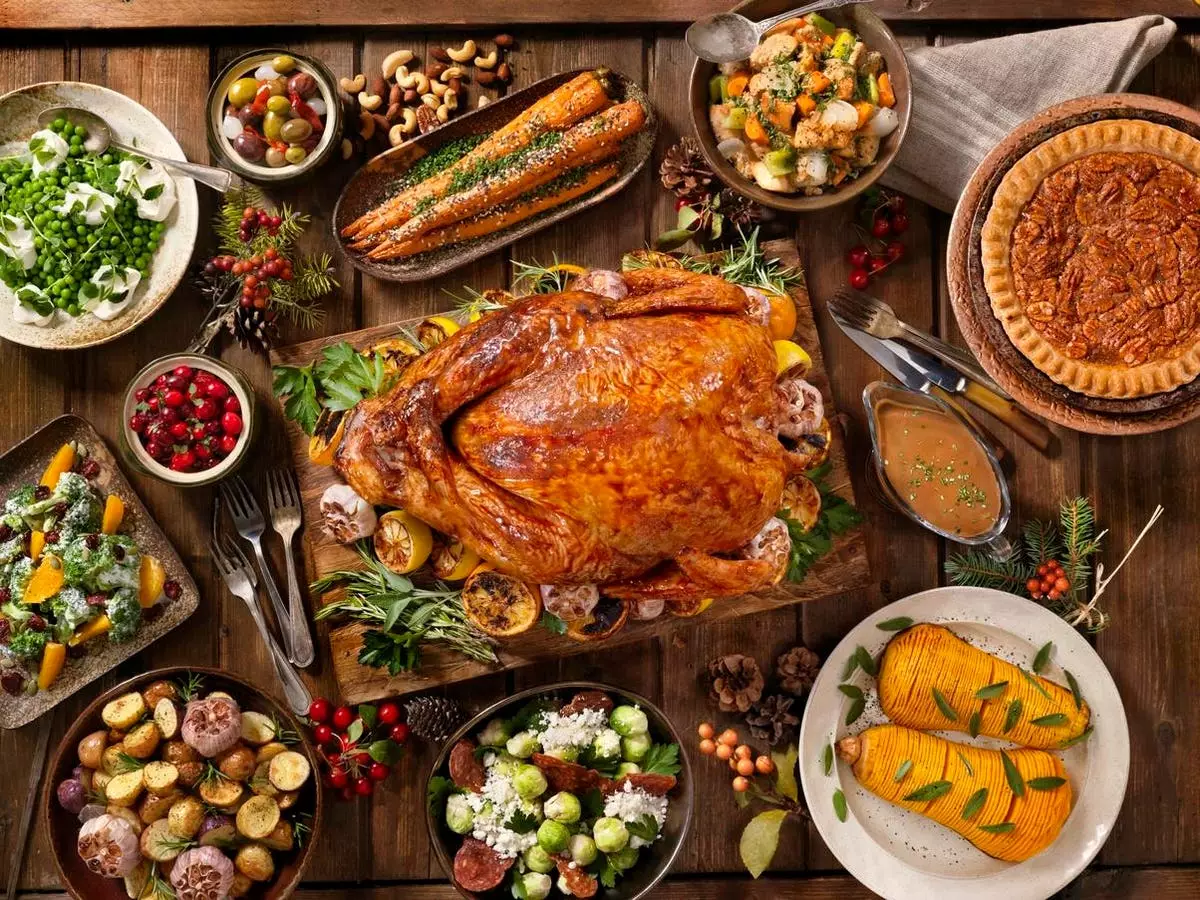Sake, a traditional Japanese beverage, is often pigeonholed as an accompaniment exclusively for Japanese cuisine. However, in recent years, the perception of sake has been evolving, and its presence is increasingly felt beyond the sushi bar. As culinary traditions blend and gastronomic boundaries expand, sake is finding its way into menus at some of the most prestigious non-Japanese restaurants around the globe, including Michelin-star establishments like Per Se and Eleven Madison Park. This shift invites a deeper exploration of sake’s versatility and its compatibility with diverse culinary styles.
The United States has become the largest importer of Japanese sake, a testament to its growing popularity, with imports witnessing a staggering 240% increase from 2012 to 2022. Chris Johnson, a distinguished sake educator, notes that this surge is not merely anecdotal but grounded in the increasing awareness that sake can beautifully enhance a wide array of dishes. Unlike wine, which often speaks in specific culinary accents, sake operates on a more flexible dialect, making it easier to integrate into various menus.
This transformation in consumer preferences is crucial, as sake’s alcohol content hovers around 15%, comparable to that of wine, yet its lower acidity sets it apart. Whereas wine might struggle with certain flavor profiles—such as the smokiness of charred meats or the bitterness of certain greens—sake can adapt seamlessly, accommodating and elevating the overall dining experience.
Sake’s ability to pair with food smoothly can be attributed to its lack of tannins and its umami content, an aspect entirely absent in many wines. This Japanese beverage is crafted through a meticulous process involving rice, water, yeast, and the essential koji mold. Unlike grapes, which ferment directly into alcohol, rice undergoes a conversion of starch into sugar prior to fermentation, facilitated by koji. This process not only generates umami but also enriches sake with distinct flavor profiles.
Umami, recognized as the fifth taste, plays a critical role in food pairing since it exists in various foods—from Asian staples like miso to Western favorites like burgers and grilled meats. When paired correctly, umami in sake works as an effective bridge, harmonizing with the flavors of diverse dishes, making it particularly advantageous in multi-course meals.
Masaaki Saito, the 27th-generation brewmaster of Hiraizumi Honpo Brewery, emphasizes that great pairings stem from achieving a balance in acidity. His insights into pairing sake with non-traditional dishes underscore that the beverage can enhance flavors surprisingly well. For instance, he suggests that his sake complements meatballs in tomato sauce due to the similar gentle acidity found in both. Additionally, he recommends pairing white pizza with sake, as it magnifies the richness of toasted cheese.
This adaptability is instrumental for chefs and home cooks alike. With a more global perspective on cuisine, Saito believes that sake deserves to be a staple not just in Japanese restaurants but also alongside a diverse range of American culinary styles—from barbecues to seafood dishes.
Yet, despite its burgeoning popularity in the U.S. and beyond, the fate of sake production in Japan is uncertain. Historically, the number of sake breweries has diminished dramatically, from over 3,500 in the 1970s to around 1,000 today, largely due to an aging workforce, competing alcoholic beverages, and changing preferences among younger consumers. Daisuke Nakajima, co-founder of Boken Sake, passionately advocates for the global appreciation of sake, cautioning that the neglect of this vital tradition could lead to its disappearance.
As Americans celebrate diverse culinary experiences—especially during festive gatherings like Thanksgiving—the question of which sake to pair with a multitude of flavors arises. Johnson offers practical advice: he recommends seeking out Yamahai Junmai sake, known for its umami richness and versatility, especially for meals featuring a variety of tastes. For fried chicken, sparkling sake or a lighter Ginjo is suggested for its refreshing qualities, whereas spicier dishes pair well with sweeter, cloudy Nigori sake, balancing heat with sweetness.
The American market is witnessing a rise in retail establishments specializing in high-quality sake, such as Sakaya, Bin Bin Sake, and Tippsy Sake. These shops provide excellent opportunities for consumers to experiment with different styles of sake in conjunction with various dishes, including items like cheese, which traditionally might not be considered for pairing.
Johnson encourages individuals to explore these pairings: “Sake is very forgiving. You can play with different types of sake with something you never expected, like cheese. Try and find your favorite pairings. It’s fun.” This experimental approach not only democratizes sake but also enriches the dining experience, making it clear that this beloved Japanese beverage has a place at the global table.

